For many people throughout the United States, hunting wild game is a beloved pastime--whether for the enjoyment of the outdoors, thrill of the hunt, or an economical way to obtain food. Along with this hobby comes many safety precautions. Just as a hunter should be trained in firearm safety and first aid procedures, food safety is also important. Educating one’s self on the dangers of foodborne illness is one step closer to harvesting a game animal for safe consumption.
Harmful bacteria such as Salmonella and E.coli can live in raw or undercooked game meats. It is important to note the stages in which contamination may occur, and what steps can be taken to ensure you have processed your animal in the safest means possible.
Contamination can occur through the initial wound sustained by a bullet or an arrow. It is best to avoid hitting or puncturing the area around the stomach and intestines, as this would result in spoiling much of the surrounding meat due to the bacteria that lives within these organs.
 Another area of concern in game food contamination is the possibility of cross-contamination. Be sure to pack clean utensils and tools for field dressing or butchering your game animal. Even the smallest of pathogens can wreak havoc on the quality of your game meat. Pack alcohol wipes for regular cleaning of the hands and tools before, during, and after use. Also plan to pack supplies such as paper towels, a clean plastic drop cloth or tarp, and disposable plastic gloves. Keeping your area, tools, and hands clean during the removal of entrails is a big part of ensuring your kill will be safely preserved until you can reach a controlled environment for processing.
Another area of concern in game food contamination is the possibility of cross-contamination. Be sure to pack clean utensils and tools for field dressing or butchering your game animal. Even the smallest of pathogens can wreak havoc on the quality of your game meat. Pack alcohol wipes for regular cleaning of the hands and tools before, during, and after use. Also plan to pack supplies such as paper towels, a clean plastic drop cloth or tarp, and disposable plastic gloves. Keeping your area, tools, and hands clean during the removal of entrails is a big part of ensuring your kill will be safely preserved until you can reach a controlled environment for processing.
For proper field dressing, bring the following items with you when you hunt:
For proper field dressing of game birds, bring the following items with you when you hunt:
Temperature control is a factor that is mostly out of the control of the hunter. Depending on the region you live, hunting season climate can range from warm and humid to below freezing temperatures. In areas like Wisconsin, we often don’t have to worry about this aspect, as our harvested game cools down quickly and for the most part remains on snow-covered ground until it can be loaded for transport. If this is not the case, consider taking coolers filled with ice or packaged dry ice. If the outside temperature is above 41° F, the hide should be removed from large game as quickly as possible. The longer the carcass remains in temperatures above 41°F, the greater the risk of foodborne pathogen growth. When transporting your large game animal, do not wrap the carcass. Trapping heat around the carcass encourages the growth of bacteria and other foodborne pathogens. In contrast, with small game animals like rabbits and squirrels, it is recommended to skin the animal while field dressing, wrap the carcass in clean plastic wrap or butcher paper, and place in a cooler for transport. The smaller the game, the quicker the internal temperature will cool down – improving the overall safety of the meat.
Game meat should then be processed and packaged as quickly as possible, either by utilizing a commercial processing facility or implementing the same practices as during field dressing by processing on a clean surface with clean tools and protective coverings for your hands and other surfaces.
One last thing to consider when preparing for your hunt is being educated on the signs of Chronic Wasting Disease (CWD). This prion disease affects deer populations across North America, including elk, reindeer, sika deer, and moose. The Centers for Disease Control and Prevention advise that hunters try to minimize their risk for exposure by consulting with their area DNR or wildlife agencies as to areas of known cases and where testing sites are located in your hunting vicinity. Always avoid eating meat from an animal that seems sick or tests positive for CWD.
Click here for more information on how to field dress an animal and food safety tips.
Sourced from Food Safety News.
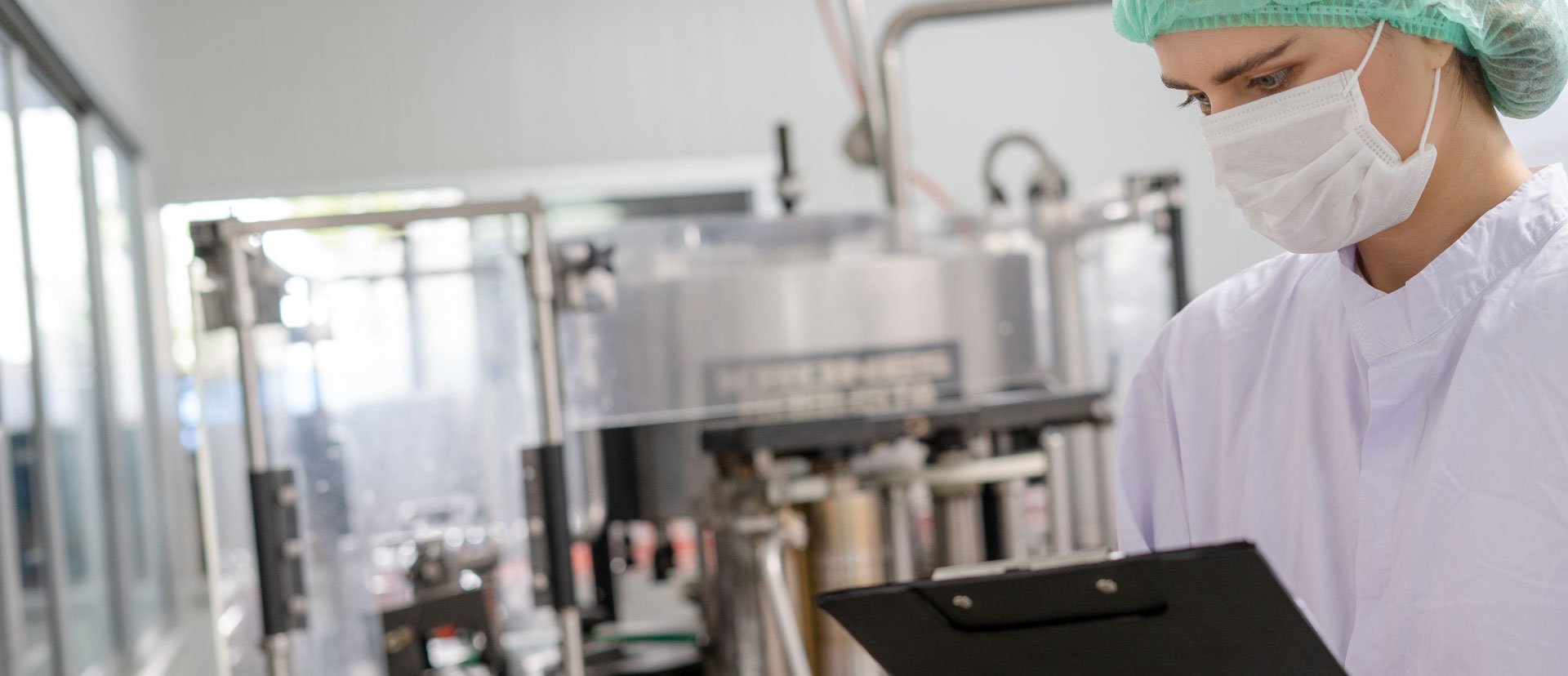
December 10, 2025
What is OSHA's Regional Emphasis Program (REP) for the food manufacturing industry? The OSHA Regional Em...
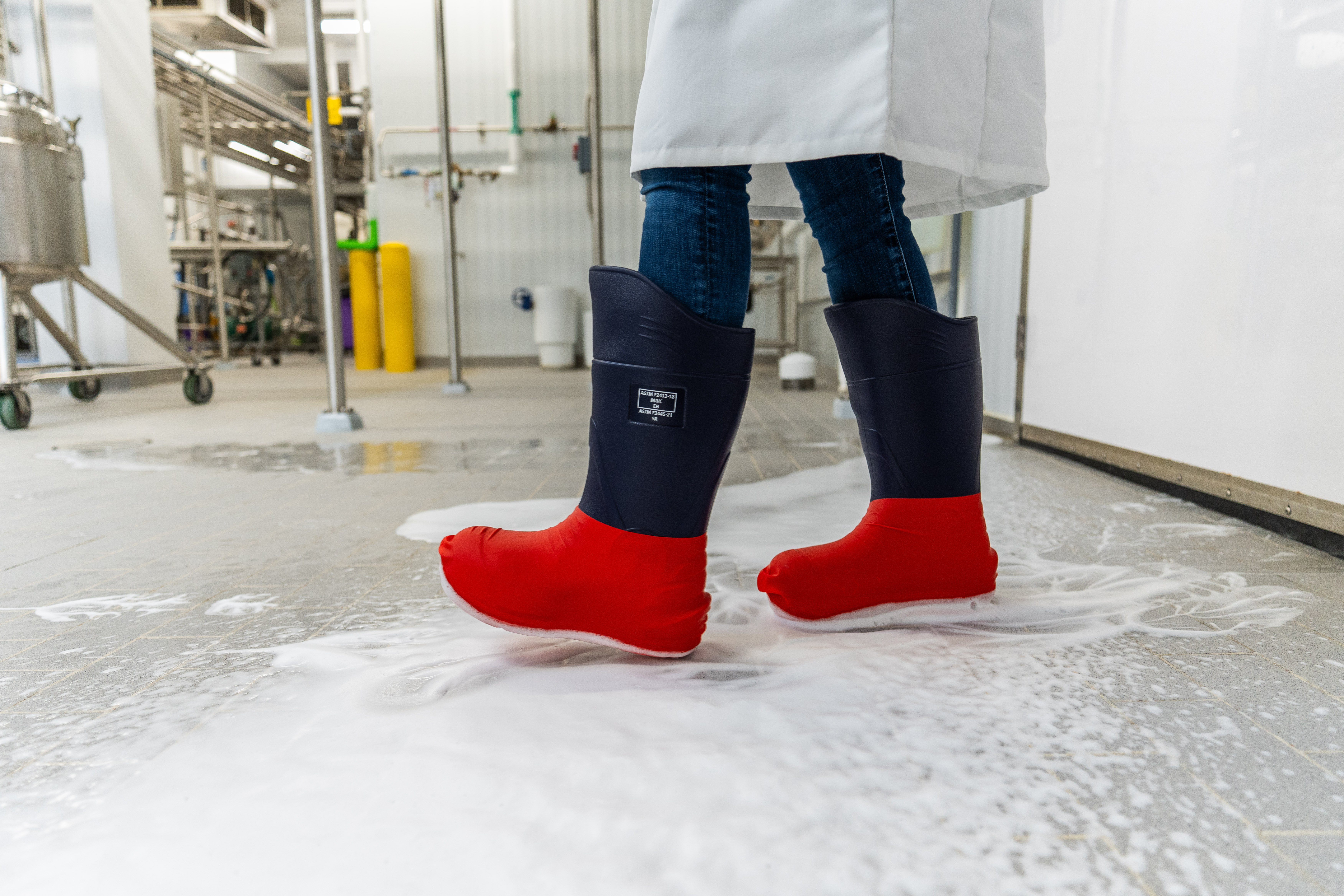
December 8, 2025
There is a fundamental connection between worker safety and food safety: A failure in worker safety can ...
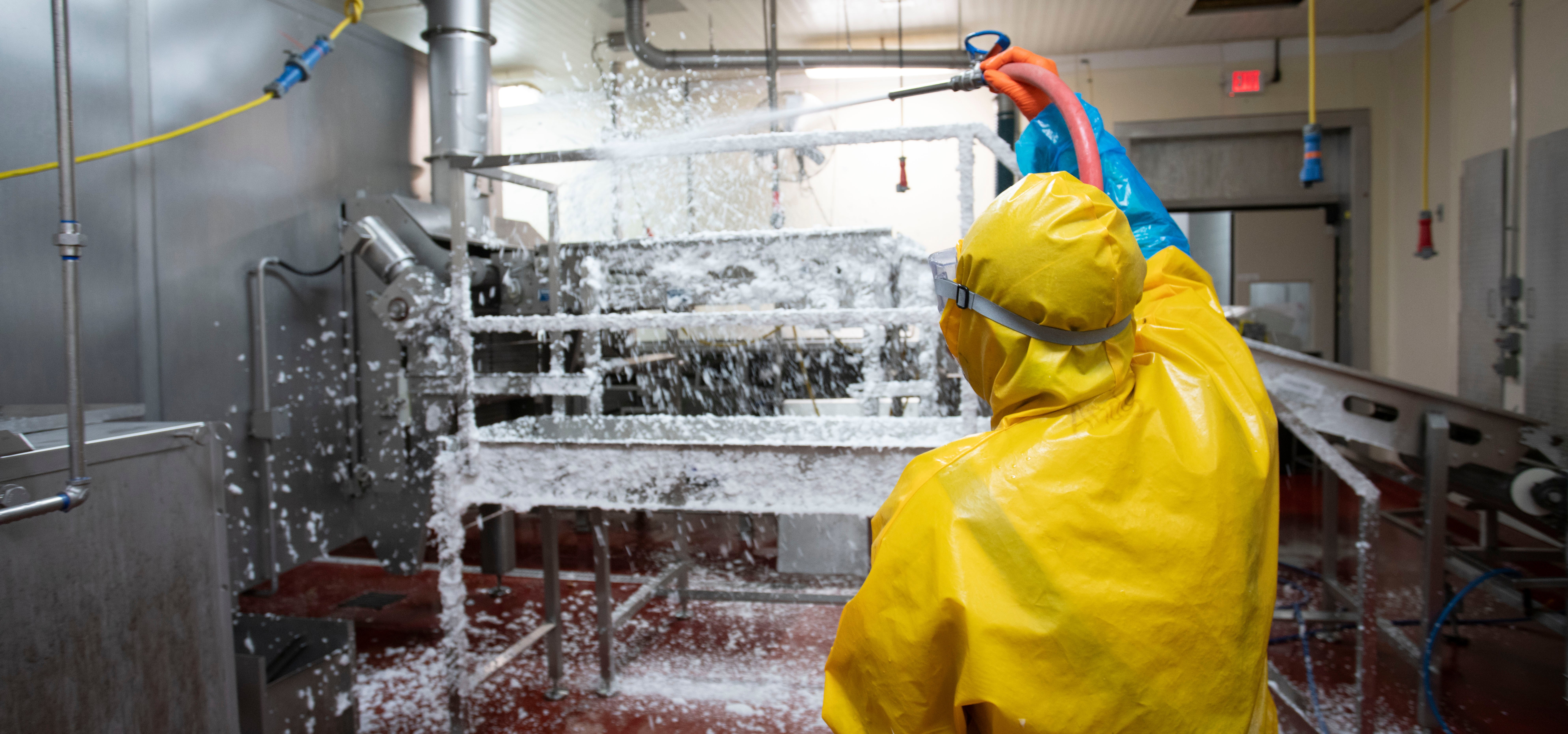
December 1, 2025
Nelson-Jameson understands that efficiency and worker safety are equally important goals in food manufac...

Recognize and address possible hygiene and sanitation challenges based on the cleaning and material handling equipment available in your facility.
Through a discovery call, virtual, or on-site assessment, Vikan SQF Practitioner certified specialists will assist in confirming that your system and cleaning tool inventory aligns with your risk management objectives while pinpointing any missing tools and enhancing maintenance and usage practices. Evaluate whether your existing tools are utilized in the most effective manner, or determine if a more suitable tool exists for the task at hand. Ensure that your tools comply with all relevant standards and regulatory requirements. Site evaluations encompass a summary survey, an overview of the location, a color-coded factory layout plan, product suggestions, a recommended order form, and a proposal for a follow-up survey.
Food Safety, Sanitation, Cleaning Tools, Color Coding
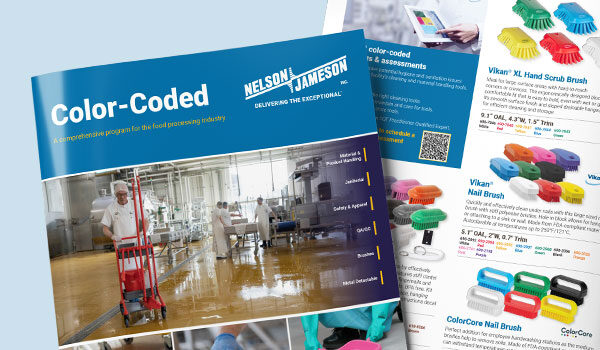
This is a comprehensive program for the food processing industry. Nelson-Jameson brings together the most extensive collection of color-coded products for material handling, product handling, janitorial, safety, apparel, QA/QC, and metal-detectable applications. With the right pieces, a color-coding system is a powerful tool in preventing cross-contamination of allergens and food-borne illnesses that can lead to sickness or expensive product recalls.

Food Safety, Sanitation, Cleaning Tools, Color Coding

Food Safety
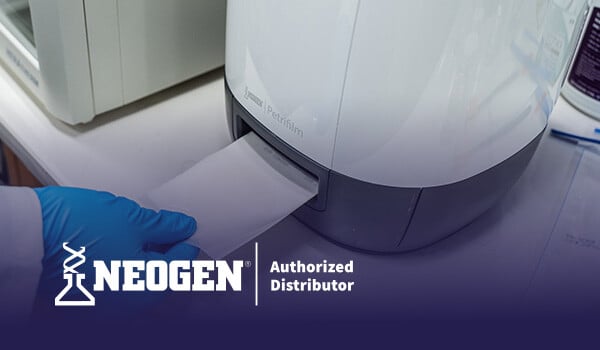
Get Petrifilm Certified through our complimentary immersive workshop for managers, personnel, and teams. The workshop offers practical knowledge through hands-on training and networking with industry professionals and experts. Attendees gain an in-depth understanding of Petrifilm technology and valuable insights into effective environmental monitoring practices. Participants leave with a certification and a wealth of resources that can significantly contribute to elevating their plant's quality control standards.
Food Safety, Sanitation, Laboratory